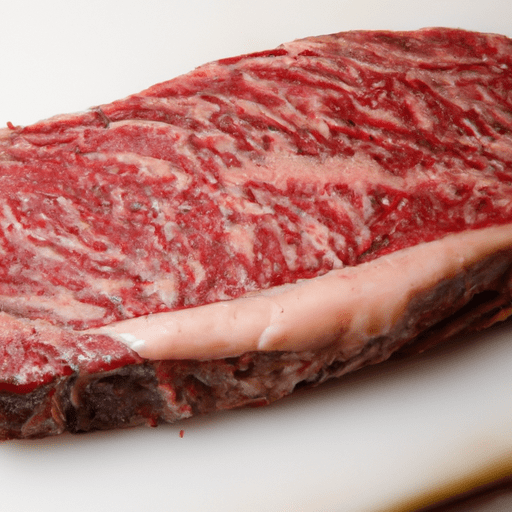Chuck Eye Steak: A Flavorful Delight on the Grill
Are you looking for a steak that’s both wallet-friendly and bursting with flavor? Look no further than chuck eye steak! This often-overlooked cut, sometimes referred to as “the poor man’s ribeye,” is a true gem in the world of beef. In this article, we’ll delve into the delightful world of chuck eye steak, exploring its taste, common uses in cooking, nutritional value, and uncovering a few interesting facts about this juicy cut.
A Burst of Flavor
Chuck eye steak is known for its rich, beefy flavor that rivals that of its more expensive counterparts. This is because it comes from the same area as the ribeye, sharing similar tenderness and marbling. When cooked properly, chuck eye steak offers a melt-in-your-mouth tenderness and a beefy taste that will leave you craving for more.
Versatile in the Kitchen
One of the best things about chuck eye steak is its versatility in the kitchen. This cut is perfect for grilling, pan-searing, broiling, or even using in stews and stir-fries. Its incredible flavor shines through no matter the cooking method. However, it’s worth noting that chuck eye steak is best enjoyed when cooked to medium-rare or medium to preserve its tenderness and juiciness.
When grilling chuck eye steak, make sure to preheat the grill to medium-high heat and sear the steak for a few minutes on each side. For pan-searing, a hot skillet with a bit of oil will do the trick. Remember to season the steak with your favorite spices or marinade beforehand to enhance the flavors even more.
Nutritional Value
In addition to being delicious, chuck eye steak offers a range of nutrients that can contribute to a well-balanced diet. This cut of beef contains essential amino acids, iron, zinc, and vitamins B12 and B6. It’s also a great source of high-quality protein, making it a fantastic option for those looking to build and repair muscle.
As with any cut of beef, it’s important to enjoy chuck eye steak in moderation and consider portion sizes to maintain a healthy balance in your diet.
Fun Facts
- Did you know that the chuck eye steak got its name from its location in the shoulder area of the cow? It’s located near the ribeye, which explains its similar flavor profile.
- Despite its affordability, chuck eye steak has gained popularity among chefs and home cooks alike for its exceptional taste and tenderness.
- If you’re lucky enough to have access to a butcher who can custom-cut your meat, ask them to leave the bone in when preparing chuck eye steak. This will further enhance the flavor during cooking.
Final Thoughts
Chuck eye steak is a true hidden gem in the world of beef. With its delicious flavor, versatility in the kitchen, and nutritional value, it’s a fantastic option for any meat lover on a budget. So, the next time you’re in the mood for a flavorful steak, give chuck eye steak a try. Your taste buds will thank you!
Chuck Eye Steak
Origin: Chuck eye steak comes from the chuck primal cut of beef, which is located in the shoulder area of the animal. It is cut from the center portion of the chuck, just above the rib primal.
Common Uses: Chuck eye steak is highly regarded for its tenderness and flavor. It is often used as a more budget-friendly alternative to ribeye steak, as it is a continuation of the same muscle. The steak can be grilled, broiled, pan-seared, or cooked sous vide. It is popular for its rich marbling, which enhances its flavor and juiciness.
Nutritional Benefits: Chuck eye steak is a great source of high-quality protein. It also provides significant amounts of essential minerals such as iron, zinc, phosphorus, and selenium. However, it is also higher in fat compared to leaner cuts of meat, so it is important to consider portion sizes and overall dietary needs.
Unique Properties: One interesting property of chuck eye steak is its similarity in taste and tenderness to ribeye steak. The marbling found in the chuck eye steak contributes to its robust flavor and helps keep the meat moist during cooking.
Historical Significance: Chuck eye steak gained popularity in the United States during the early 20th century as a more accessible alternative to ribeye steak. It became highly regarded due to its affordability and flavor. Over time, it has become a favorite among steak enthusiasts and home cooks alike.




Use the share button below if you liked it.
It makes me smile, when I see it.